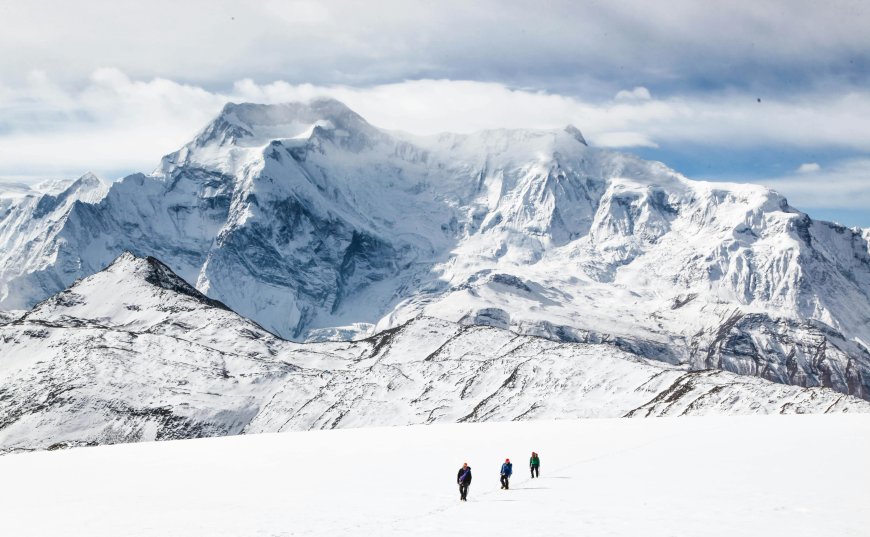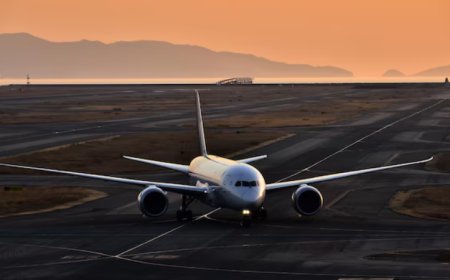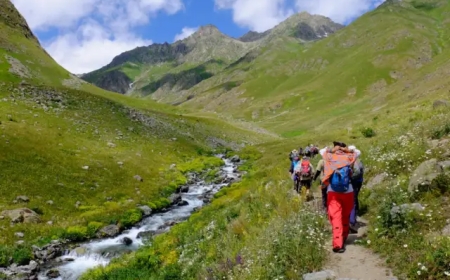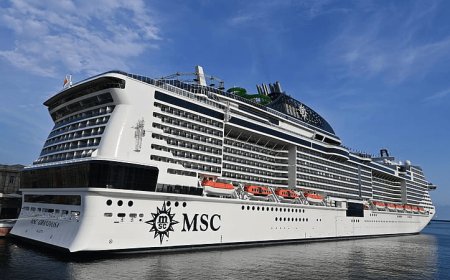Pisang climbing peak guide
Pisang Peak (6,091m) is a popular trekking peak in Nepal’s Annapurna region. Learn about the climbing route, permits, best seasons, costs, and essential travel tips for a successful ascent.

Pisang Peak is a popular trekking peak in the Annapurna region of Nepal. It stands at an elevation of 6,091 meters (19,983 feet) and is part of the Manang District. Known for its sharp summit and beautiful views, Pisang Peak is ideal for trekkers who want to take their adventure a step further into mountaineering.
Location and Background
Pisang Peak rises above the village of Upper Pisang and lies along the Annapurna Circuit trail. It was first climbed by a German expedition in 1955. The climb offers great views of the Annapurna range, including Annapurna II, III, IV, Tilicho Peak, and Gangapurna.
Difficulty and Route
The climb is considered moderately difficult. It includes trekking through villages, forests, and alpine terrain, followed by climbing on glaciers and steep snow slopes. Some basic mountaineering skills are recommended, such as using crampons, an ice axe, and ropes.
Most climbers set up base camp near Pisang Village and high camp at around 5,200 meters. The summit push usually starts very early in the morning and takes 6 to 9 hours, depending on weather and conditions.
Itinerary and Duration
A typical Pisang Peak climb takes 16 to 20 days, which includes trekking days, rest days for acclimatization, and the summit day. The trip usually continues over Thorong La Pass (5,416 m) and ends in Jomsom.
Best Time to Climb
The best seasons to climb Pisang Peak are:
-
Spring (March to May)
-
Autumn (September to November)
These times offer clear skies, stable weather, and safer trail conditions. Winter climbs are possible but more challenging due to snow and cold.
Permits Required
To climb Pisang Peak, you need the following permits:
-
Annapurna Conservation Area Permit (ACAP)
-
TIMS Card
-
Climbing Permit from the Nepal Mountaineering Association (NMA):
-
Spring: USD 250
-
Autumn: USD 125
-
Winter/Summer: USD 70
-
A refundable garbage deposit is also required (usually USD 500).
Cost and Services
The total cost for a guided climb usually ranges from USD 2,000 to 4,000, depending on the company and services provided. Most packages include:
-
Permits and paperwork
-
Transportation
-
Guides and porters
-
Food and accommodation
-
Camping and climbing gear
Highlights
-
Stunning views of the Annapurna mountains
-
A good first peak for beginner mountaineers
-
Combines well with the classic Annapurna Circuit trek
-
Cultural experience in Tibetan-influenced villages
Conclusion
Pisang Peak is a great choice for trekkers looking to try their first Himalayan climb. It offers a balance of physical challenge, mountain beauty, and cultural experience. With the right preparation and support, reaching the summit can be a memorable and rewarding achievement.




























